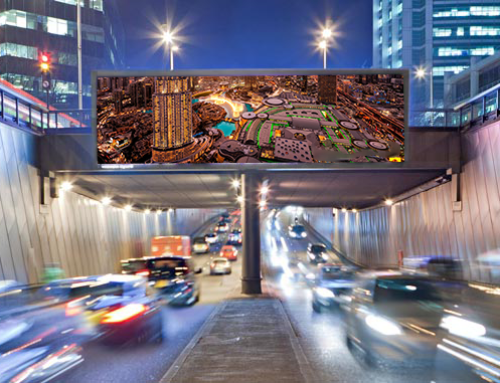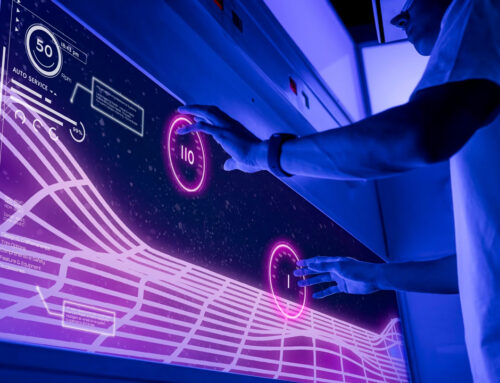In the world of filmmaking and entertainment, virtual production has become an increasingly popular and powerful tool. It allows filmmakers to create immersive and realistic environments, seamlessly blending physical and digital elements. One crucial component of virtual production studios is the display technology used to visualize these virtual worlds. In recent years, Micro LED displays have emerged as a game-changer, offering unprecedented image quality, flexibility, and scalability. This article explores the advancements and benefits of Micro LED displays for virtual production studios.
What are Micro LED displays?
Micro LED displays are an innovative form of display technology that utilizes tiny light-emitting diodes (LEDs) as individual pixels. Each pixel is self-emissive, meaning it can emit its own light, resulting in improved contrast, color accuracy, and overall picture quality. These displays are made up of millions of microscopic LEDs, each controlled independently, providing exceptional control over brightness and color reproduction.
Advancements in Micro LED technology
Micro LED technology has rapidly evolved in recent years, making significant strides in terms of efficiency, pixel density, and scalability. Initially, manufacturing challenges limited the practical application of Micro LED displays, but advancements have led to improved production methods, allowing for larger and more cost-effective displays.
One key advantage of Micro LED displays is their ability to achieve high peak brightness levels while maintaining deep blacks and accurate colors. This combination creates vibrant and lifelike images, crucial for virtual production studios that demand photorealistic rendering of virtual environments.
Benefits for virtual production studios
- Enhanced realism: Micro LED displays offer exceptional image quality, delivering true-to-life colors, high contrast ratios, and deep blacks. This level of visual fidelity enhances the realism of virtual environments, enabling filmmakers to create immersive and believable worlds.
- Improved lighting integration: Since each pixel on a Micro LED display is self-emissive, it can emit light independently. This characteristic allows for seamless integration with physical lighting setups, enabling real-time reflections and accurate lighting interactions within the virtual environment.
- Reduced post-production work: With Micro LED displays, filmmakers can visualize virtual environments in real time during shooting. This immediate feedback minimizes the need for extensive post-production work, saving both time and resources.
- Increased creative freedom: Micro LED displays offer a high level of flexibility, enabling virtual production studios to create and modify virtual environments on the fly. The ability to adjust scenes in real time empowers filmmakers to experiment and make creative decisions during the production process.
- Cost-effective scalability: As the manufacturing processes for Micro LED displays continue to improve, the cost of production is gradually decreasing. This trend makes large-scale implementation of Micro LED displays in virtual production studios more economically viable, facilitating their integration into a broader range of productions.
Future prospects and challenges
While Micro LED displays hold tremendous potential for virtual production studios, several challenges remain. Manufacturing costs need to decrease further to enable widespread adoption, and scalability must be addressed to accommodate larger display sizes. Additionally, the industry must focus on developing efficient calibration and maintenance processes for Micro LED displays, ensuring long-term reliability and performance.



